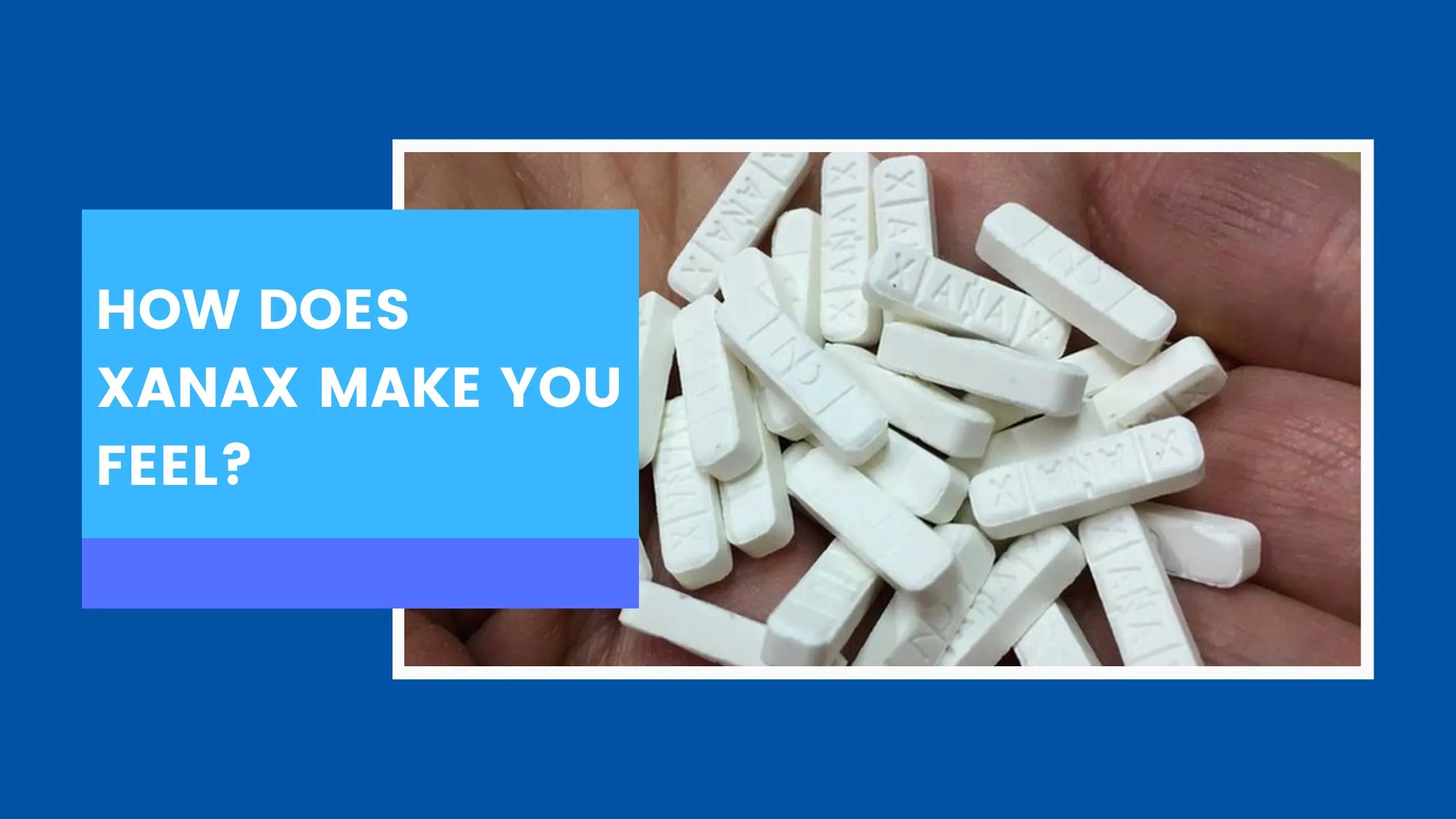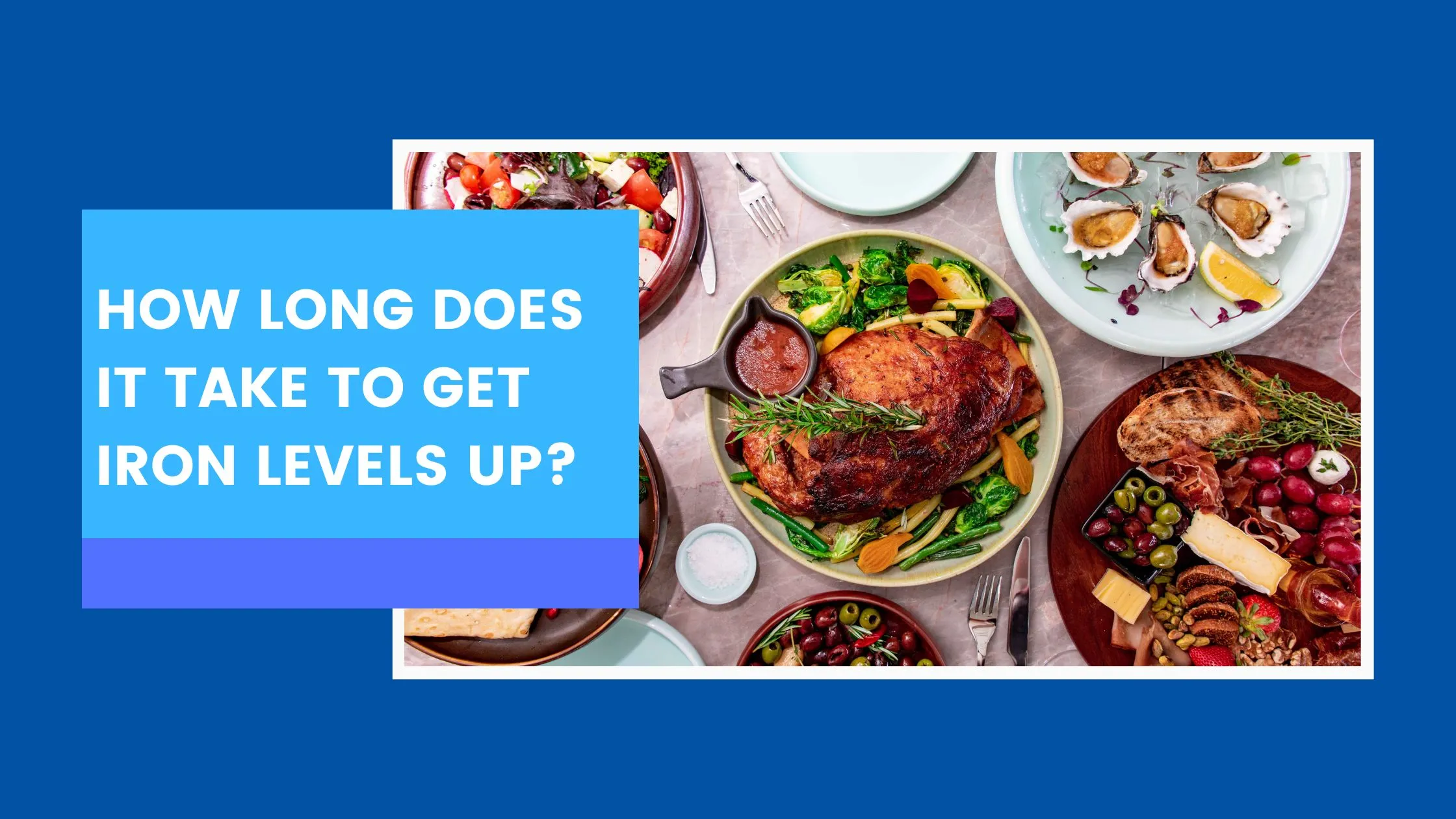Living without a pancreas may seem unthinkable considering its critical role in regulating blood sugar levels and aiding digestion. However, advancements in medicine and alternative treatments have opened up possibilities for individuals to thrive without this vital organ. In this article, we will explore how can you live without a pancreas and the measures that can be taken to lead a healthy life in its absence.
What is the function of the pancreas?
The pancreas, a spongy organ positioned behind the stomach and approximately the size of your hand, serves two vital roles within the body’s digestive system. It functions both as an exocrine gland and an endocrine gland. In summary, the pancreas produces enzymes responsible for breaking down fats during digestion, while also secreting hormones that help regulate blood sugar levels. The majority of the pancreas consists of cells dedicated to aiding in the process of digestion, amounting to roughly 80 percent of its composition.
Enzymes
Within the pancreas, numerous small structures secrete enzymes known as pancreatic juices. These enzymes play a crucial role in the process of digestion. After food consumption, the enzymes travel through pancreatic ducts until they reach the duodenum, the initial segment of the small intestine responsible for breaking down fats, proteins, and carbohydrates. On a daily basis, the pancreas can produce up to 8 cups (64 ounces) of digestive juices.
The pancreas synthesises three primary types of enzymes:
Lipase: This enzyme breaks down triglyceride fats into fatty acids and glycerol.
Protease: Responsible for breaking down proteins into smaller components called peptides, which are composed of amino acids.
Amylase: This enzyme assists in the breakdown of carbohydrates, converting them into maltose, a sugar composed of two glucose molecules.
Hormones
Within the pancreas, clusters of cells known as islets of Langerhans play a crucial role in hormone production and regulation of blood sugar levels and appetite. These islets consist of two primary types of hormone-producing cells: alpha cells and beta cells. Beta cells contribute to around 80 percent of hormone production, while alpha cells account for the remaining 20 percent.
The pancreas synthesizes three main types of hormones:
Insulin: Produced by beta cells, insulin facilitates the utilization of blood sugar (glucose) as an energy source for the body. Insufficient insulin leads to high blood sugar levels, while excessive insulin results in low blood sugar levels.
Glucagon: Produced by alpha cells, glucagon works to balance insulin levels by promoting the production of glucose, thus preventing hypoglycemia (low blood sugar).
Gastrin: Gastrin is a hormone that stimulates the stomach to produce gastric acid. Although the pancreas produces a small amount of gastrin, the stomach is primarily responsible for its production.
Additionally, there are two other hormones:
Amylin: Found in beta cells, amylin helps regulate food intake and delays stomach emptying.
Somatostatin: Produced by delta cells, somatostatin plays a role in regulating the endocrine system by inhibiting the release of insulin and glucagon.
Pancreas removal surgery and recovery
The surgical procedure performed to remove the entire pancreas is known as a total pancreatectomy. Due to the close proximity of other organs to the pancreas, additional organs may also be removed during the surgery, including:
- The duodenum, which is the initial segment of the small intestine.
- The spleen, a vital organ involved in the immune system and blood filtration.
- Part of the stomach.
- The gallbladder, which stores bile produced by the liver.
- A portion of the bile duct.
- Certain lymph nodes located near the pancreas.
Prior to the surgery, you may be required to follow a clear liquid diet and take a laxative to cleanse your bowels. It may also be necessary to discontinue certain medications, particularly blood thinners like aspirin and warfarin (Coumadin), a few days before the procedure. During the surgery, general anesthesia will be administered to induce sleep and ensure pain relief.
After the removal of your pancreas and other organs, your surgeon will perform a reconnection procedure. This involves linking your stomach and the remaining part of your bile duct to the jejunum, which is the second part of the small intestine. This connection enables the movement of food from the stomach to the small intestine.
In cases of pancreatitis, there may be an option for an islet autotransplant during the surgery. Islet cells, responsible for insulin production, can be extracted from the pancreas and re-implanted into your body, allowing for continued insulin production.
Following the surgery, you will be taken to a recovery room to awaken from anesthesia. The duration of your hospital stay can range from a few days to up to two weeks. During this time, you may have a drainage tube in your abdomen to remove fluids from the surgical site, as well as a feeding tube. Once you are able to eat normally, the feeding tube will be removed. Your doctor will prescribe pain medication to manage any discomfort you may experience.
How can you live without a pancreas
Can you live without a pancreas, necessitates dedicating time each day to ensure insulin levels remain balanced and diligently taking enzyme pills with every meal. Sustaining good health in this situation relies heavily on medication adherence and implementing necessary lifestyle adjustments.
Following the removal of your pancreas, you will be referred to an endocrinologist specializing in the management of endocrine disorders such as diabetes and enzyme replacement therapy.
Under their guidance, you will acquire knowledge and skills in managing diabetes, utilizing insulin pumps to regulate blood sugar levels, and understanding the optimal dietary choices for individuals without a pancreas. If needed, your doctor can arrange for you to consult with a registered dietitian or nutritionist to develop a personalized meal plan.
A diabetes-friendly diet commonly consists of the following guidelines:
Allocate half of your plate to non-starchy vegetables, such as mushrooms, peppers, broccoli, Brussels sprouts, green beans, and tomatoes.
Dedicate a quarter of your plate to lean protein sources, including chicken, fish, poultry, lean pork, and lean meat.
Devote another quarter of your plate to healthy carbohydrate options, such as brown rice, quinoa, oats, beans, and whole grain pasta.
Your doctor will provide guidance on the appropriate enzyme replacement for you, which can be either an over-the-counter supplement or a prescription medication.
Pancreatic dietary supplements typically contain pancreatin, a blend of various enzymes like lipase, amylase, and protease, alongside other enzymes.
For prescription options, pancreatic enzyme replacement therapy (PERT) capsules are available and are the only FDA-approved treatment for individuals without a pancreas. PERT capsules also contain a combination of lipase, amylase, and protease. Both prescription and over-the-counter enzyme replacement drugs are derived from the pancreas of pigs.
The dosage of enzyme replacement varies from person to person, and your doctor will provide specific instructions on how much to take. PERT capsules are available in different strengths based on the lipase content. For instance, certain brands start at 3,000 lipase units and can go up to 36,000 lipase units per capsule. Typically, individuals take around 50,000 to 75,000 units during a meal and 25,000 units with a snack. Although these amounts may appear high, it’s important to note that a healthy pancreas naturally releases 750,000 to a million units of lipase during a meal.
Currently, there are six FDA-approved PERT capsules on the market, including Creon, Pancreaze, Pertzye, Ultresa, Viokace, and Zenpep.
FAQ
Q1: What is the purpose of the pancreas?
Ans: The pancreas aids in digestion and regulates blood sugar levels.
Q2: Can you live without a pancreas?
Ans: Yes, but it requires enzyme replacement and insulin management.
Q3: What enzymes are produced by the pancreas?
Ans: The pancreas produces lipase, protease, and amylase enzymes.
Q4: What is pancreatic enzyme replacement therapy (PERT)?
Ans: PERT is a treatment involving prescription capsules that replace pancreatic enzymes.
Q5: How much lipase is needed in enzyme replacement therapy?
Ans: Dosages vary, but typical ranges are 50,000 to 75,000 units per meal.






